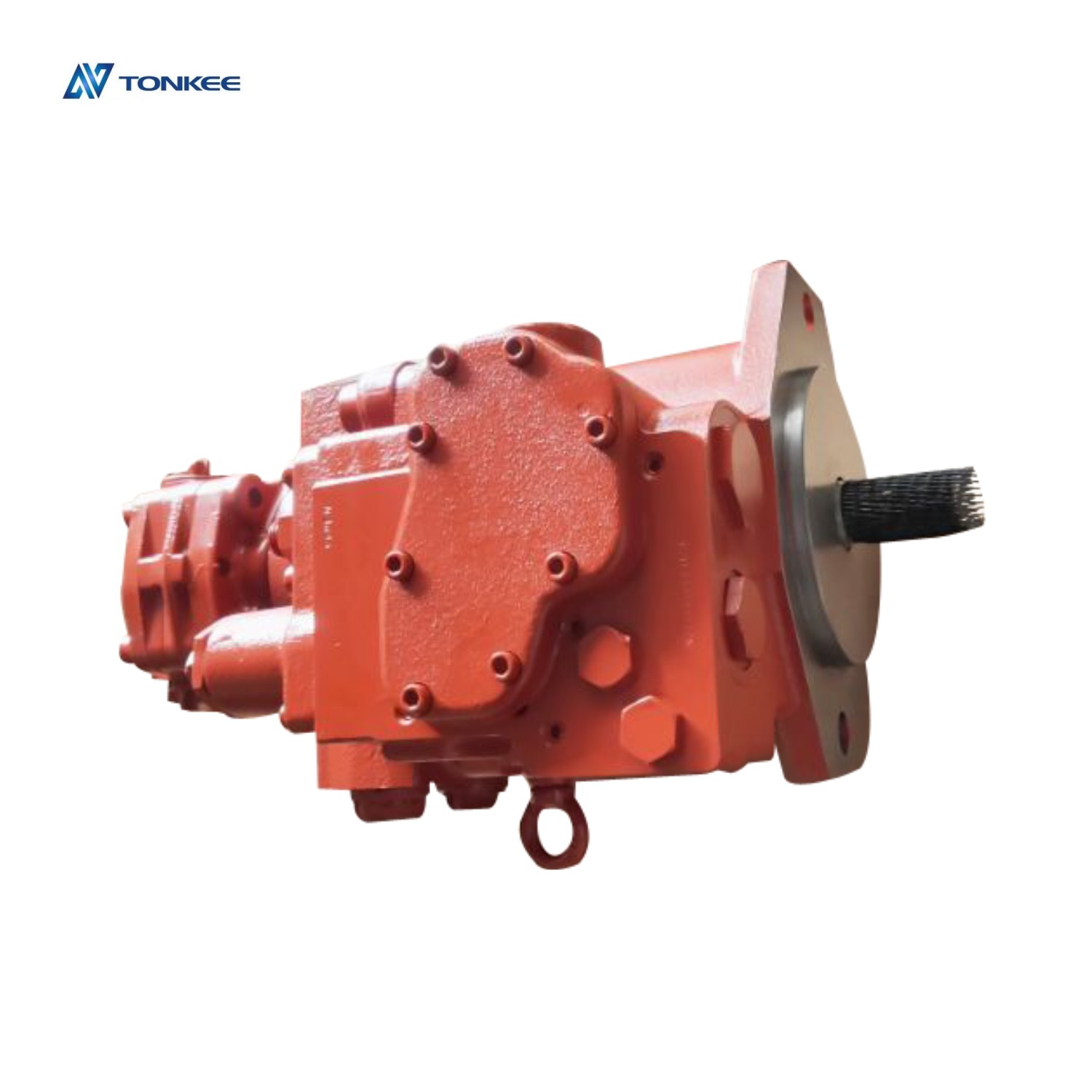
Cylinder liners for these engines are typically made from high-quality cast iron or alloyed materials that are designed to withstand the stresses and high temperatures generated within the combustion chamber.
These materials offer excellent heat dissipation properties, ensuring the liner can endure the extreme conditions of the engine.
Size and Dimensions:
The size and dimensions of the cylinder liner are designed to fit precisely within the cylinder bore of the engine block. This ensures a proper seal between the liner and the cylinder wall. The precise measurements vary depending on the specific engine model, but they are typically within a tight tolerance range to prevent any leaks and ensure efficient combustion.
Surface Finish:
The inner surface of the cylinder liner is honed or treated to achieve a specific surface finish. This finish is critical for proper lubrication and piston ring sealing. The Ra (roughness average) value, which measures the smoothness of the liner's inner surface, is typically specified within a particular range. The recommended Ra value is usually around 0.2-0.8 µm to promote efficient piston movement and minimize friction.
Cooling Features:
In some engine models, particularly the D2366 and DE12, the cylinder liners may have built-in cooling channels or passages. These channels allow coolant to circulate around the liner, helping to regulate the temperature and prevent overheating. The design of these cooling features can vary based on the engine model.
Installation Method:
Cylinder liners are typically installed in the engine block using an interference fit.
This means that the liner is slightly larger in diameter than the cylinder bore, requiring a press or other specialized tools to fit it snugly into place. Proper installation is crucial to prevent any movement or leakage.
Compatibility:
Cylinder liners for Daewoo D1146, D2366, DB58, and DE12 engines are designed to be compatible with the respective engine models. They must precisely match the engine's bore size, piston dimensions, and other internal components to ensure proper functionality. Using the correct liner specifications is essential for maintaining engine performance and longevity.
Quality Control:
The manufacturing and quality control processes for these cylinder liners are stringent to meet industry standards and ensure durability. Quality control measures include dimensional accuracy checks, surface finish inspections, and material composition testing.
Maintenance and Replacement:
Over time, cylinder liners may experience wear due to the constant movement of the piston and exposure to high-temperature combustion gases. Regular maintenance and, when necessary, replacement of cylinder liners are essential to prevent engine damage and maintain optimal performance. Proper installation and adherence to the manufacturer's specifications are crucial during replacement.



 English
English Русский язык
Русский язык





